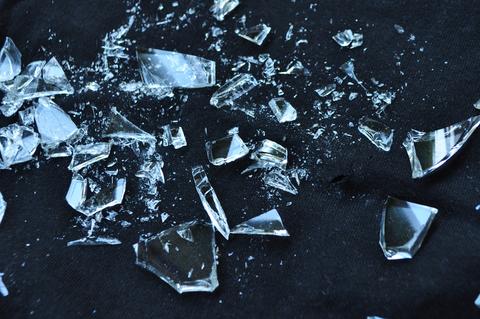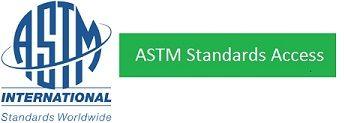
The Organization of Scientific Area Committees for Forensic Science (OSAC) has approved the Standard Test Method for Forensic Comparison of Glass Using Micro X-ray Fluorescence Spectrometry for inclusion on the OSAC Registry. This registry serves as a trusted repository of high-quality, science-based standards and guidelines for forensic practice.
OSAC, which is administered by the National Institute of Standards and Technology (NIST), is working to strengthen forensic science by facilitating the development of discipline-specific, science-based standards and guidelines for a broad array of forensic disciplines. To be posted to the OSAC Registry, standards and guidelines must have been developed using a consensus-based process and must pass a review of technical merit by forensic practitioners, academic researchers, statisticians, and measurement scientists.
The American Society for Testing and Materials (ASTM) ASTM E2926-13 Standard Test Method for Forensic Comparison of Glass Using Micro X-ray Fluorescence Spectrometry is used when determining the major, minor, and trace elements present in glass fragments. The document discusses how elemental composition of a glass fragment can be measured through the use of micro X-ray fluorescence analysis for comparisons of glass.
“The purpose of E2926 is to provide a standard test method for utilizing micro X-ray fluorescence spectrometry in the analysis of forensic glass samples,” said Susan T. Gross, chair of OSAC’s Materials (Trace) Subcommittee. “This technique yields high discrimination among sources of glass and is frequently utilized in forensic laboratories.”
OSAC does not have authority to enforce standards. However, by placing standards on the OSAC Registry, OSAC promotes their adoption by forensic science service providers. The goal of OSAC and its 550-plus members is to facilitate the development of science-based standards for each of 25 distinct forensic science disciplines and to promote their widespread adoption.

For more information about OSAC, and to be notified of upcoming public comment periods, please sign up to receive our monthly newsletter.

